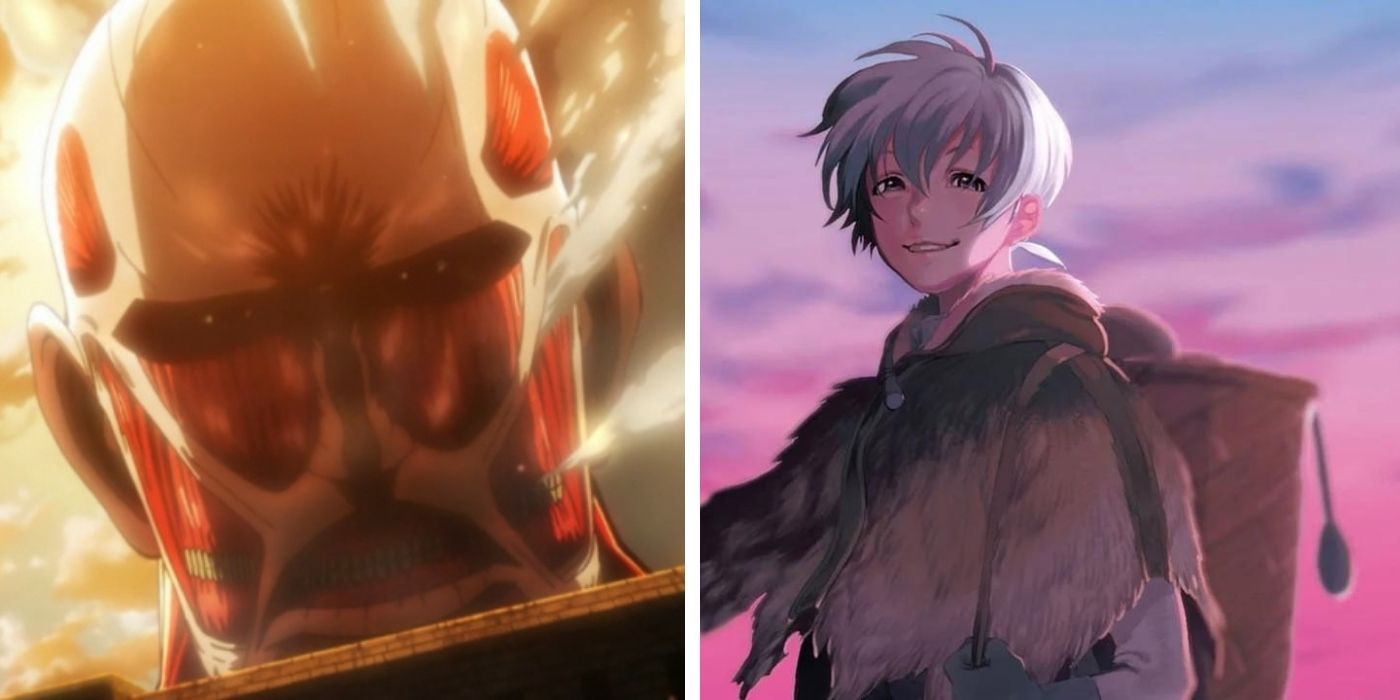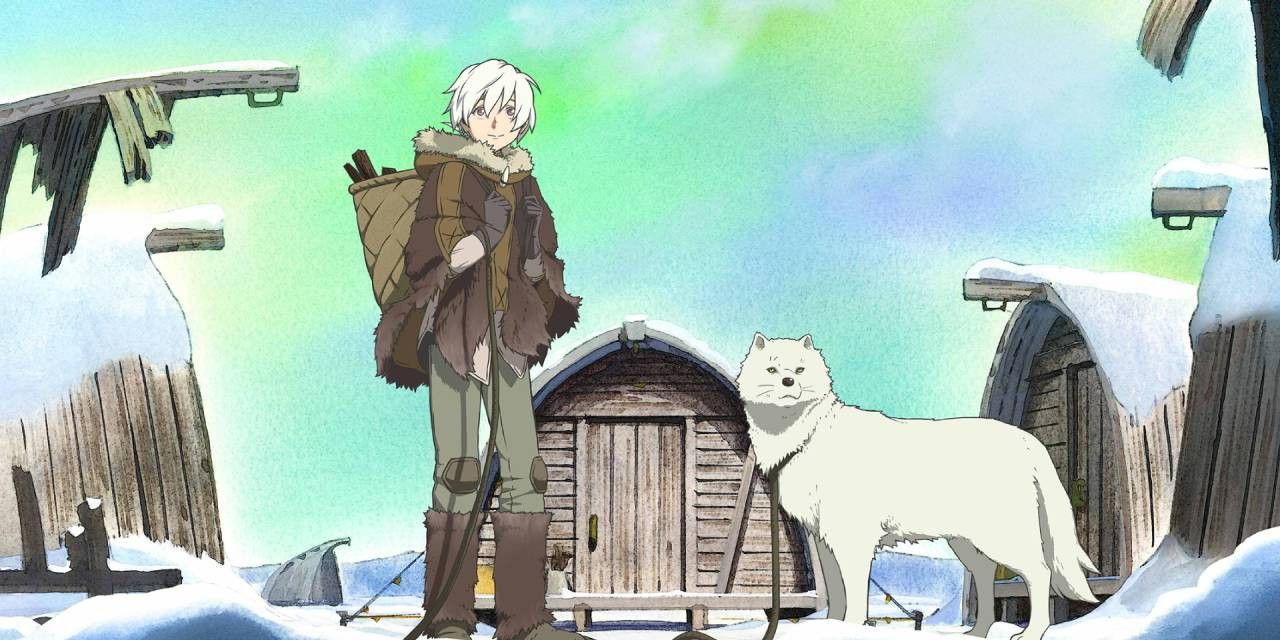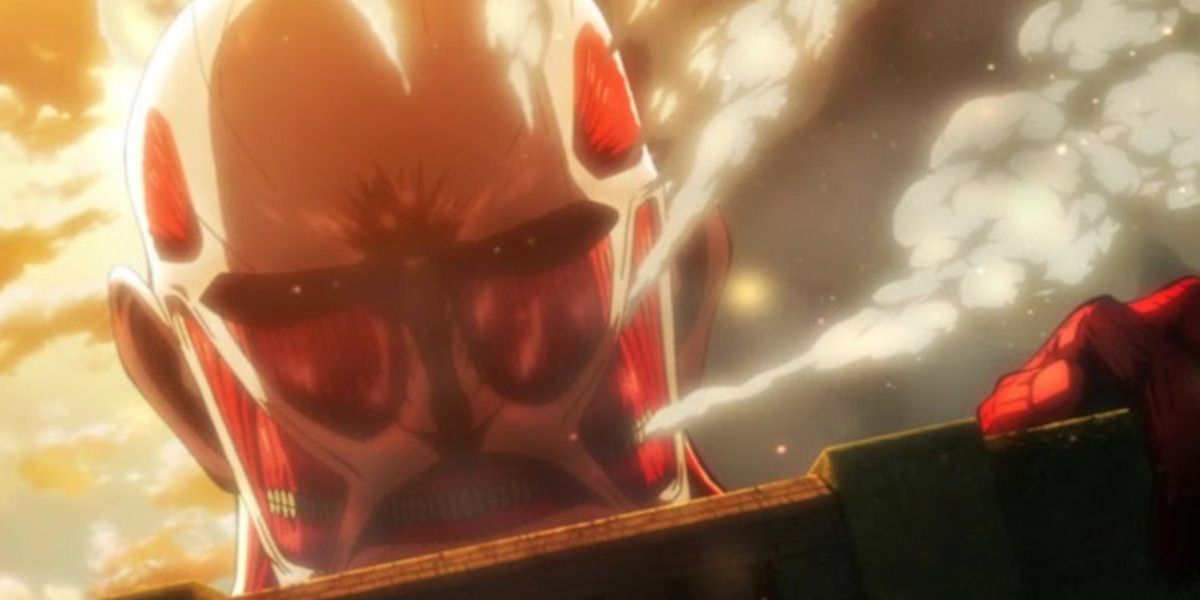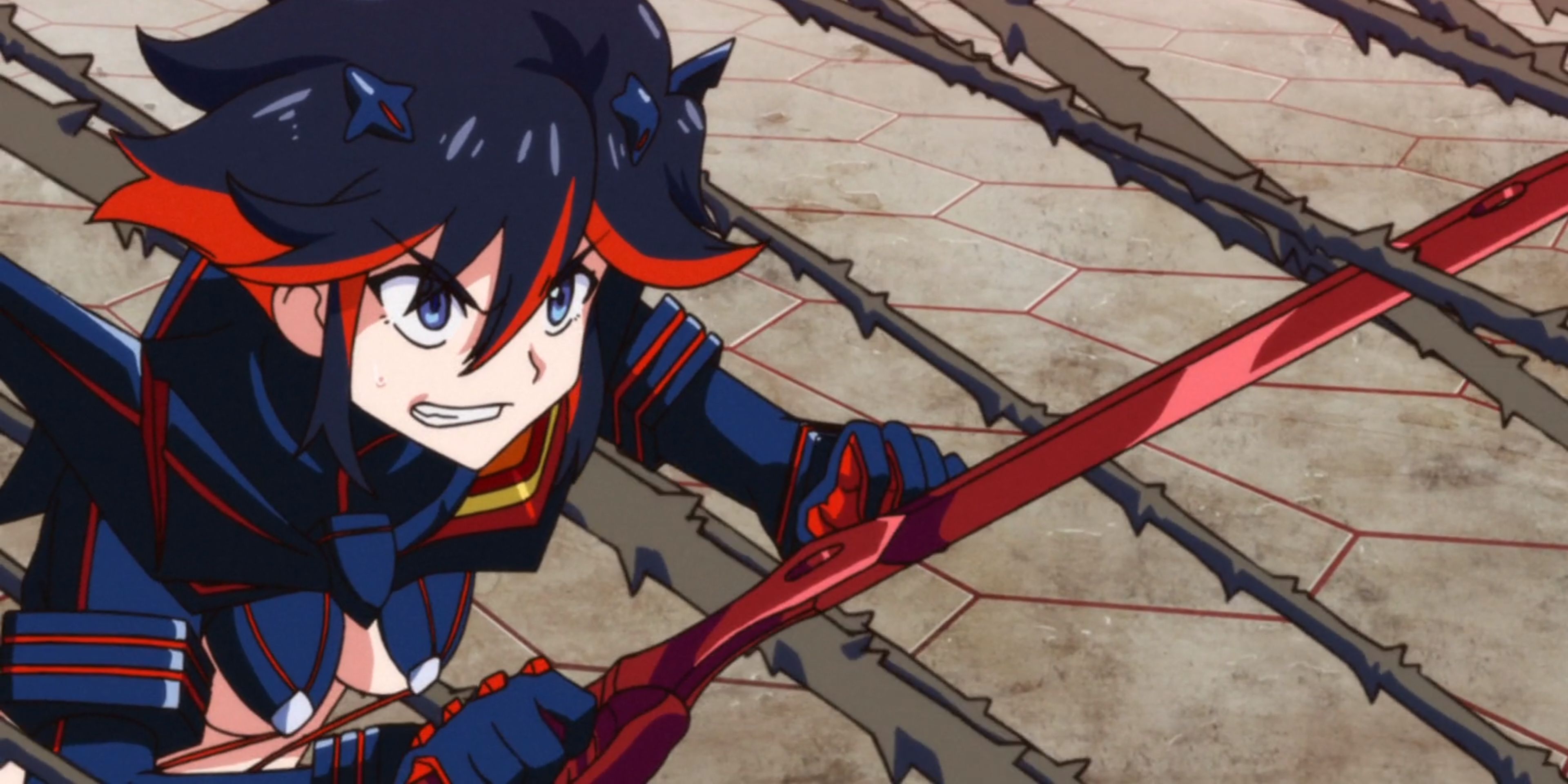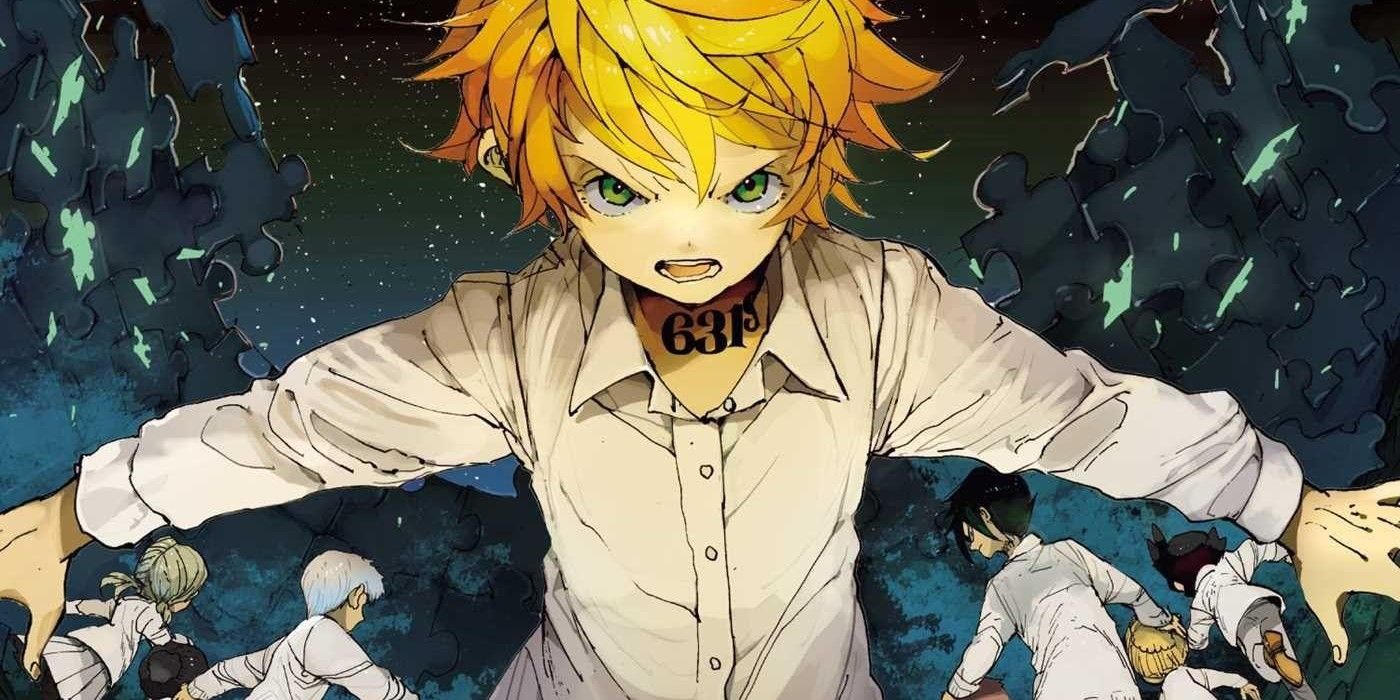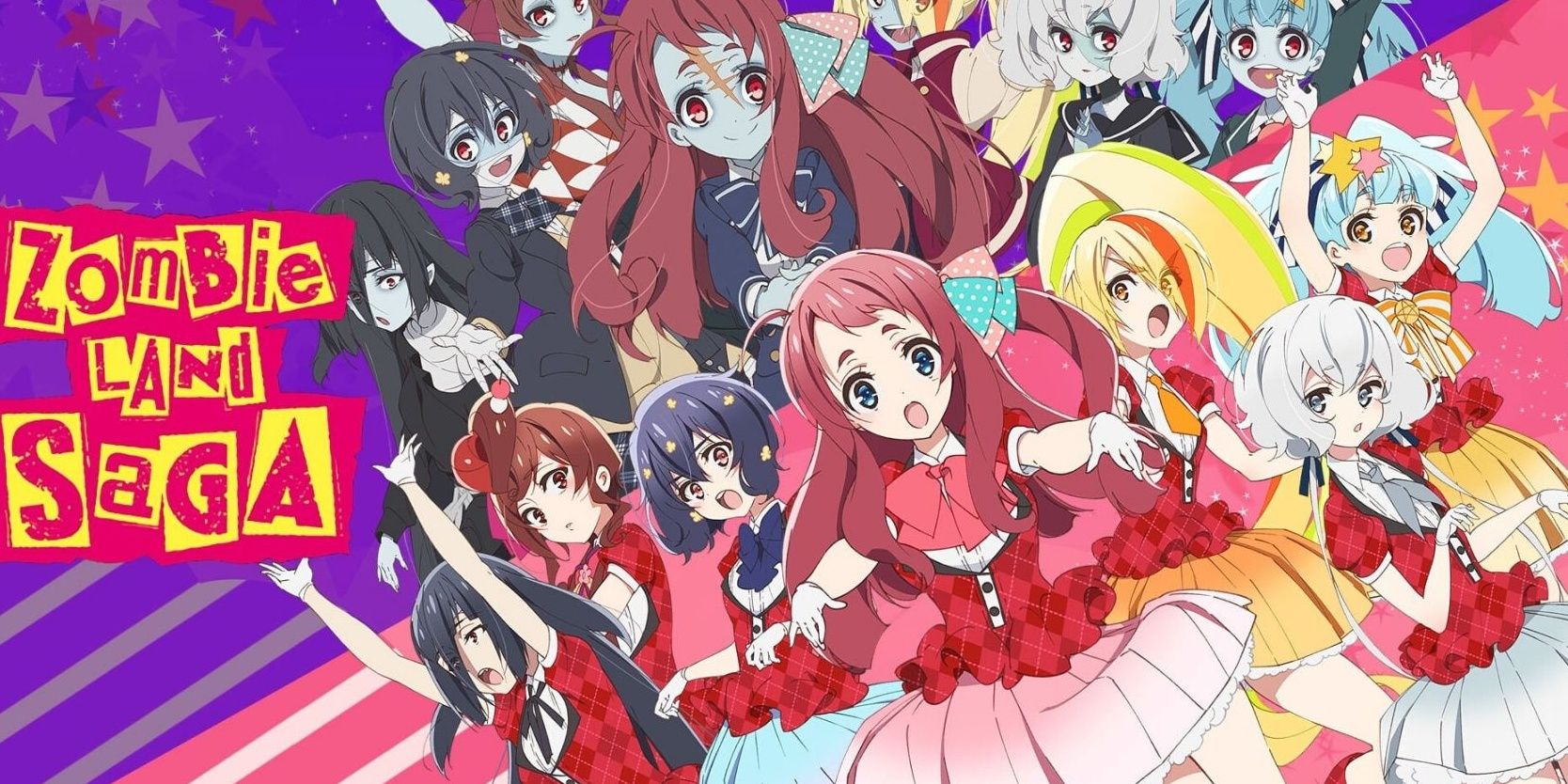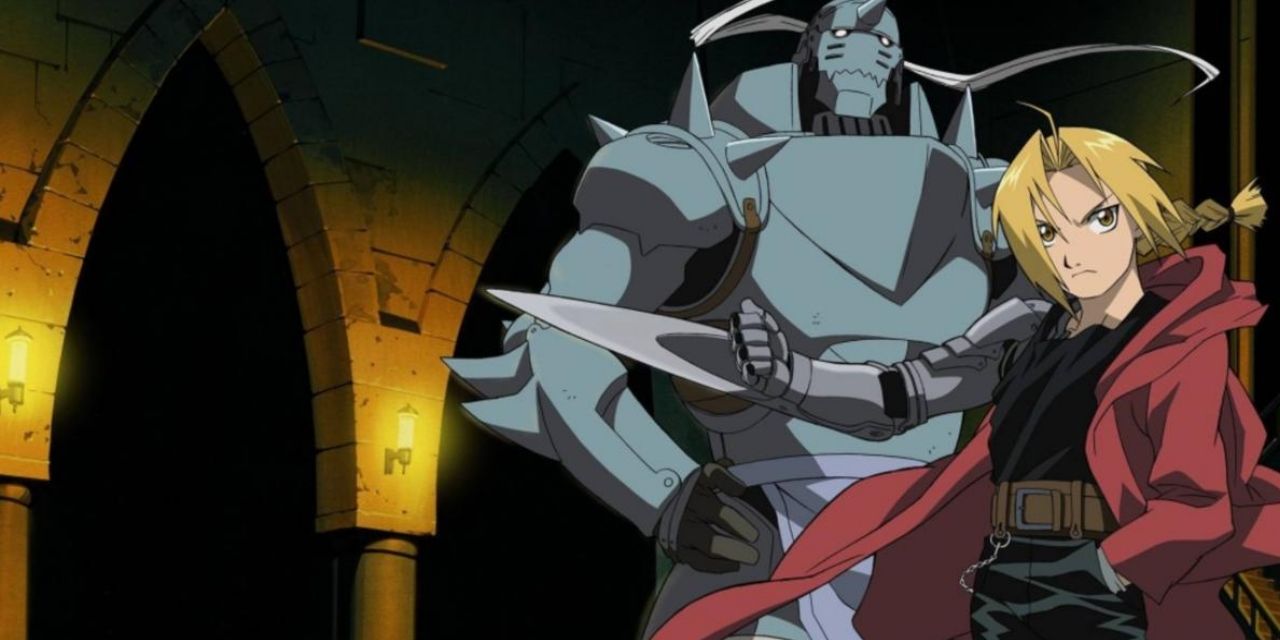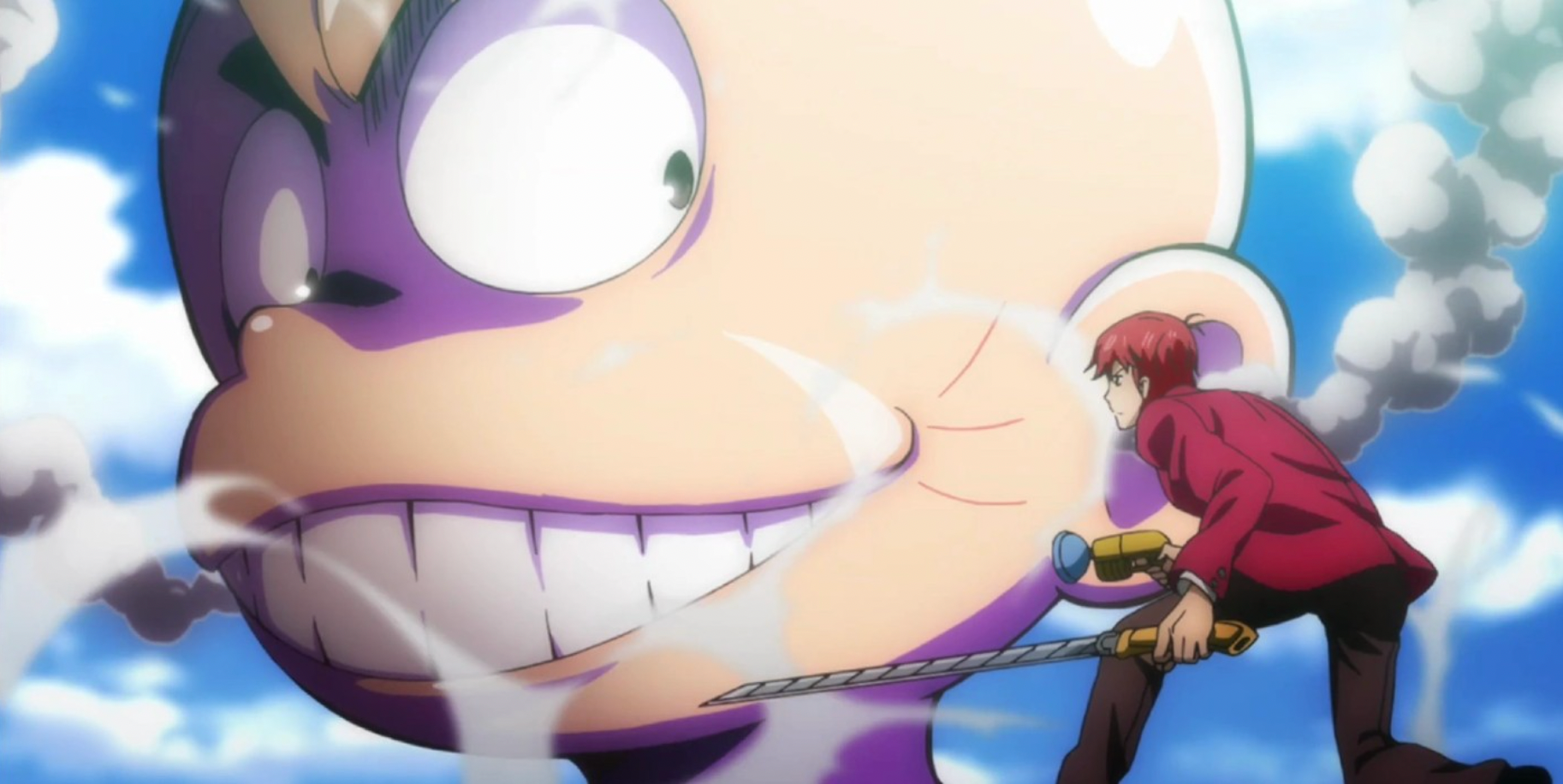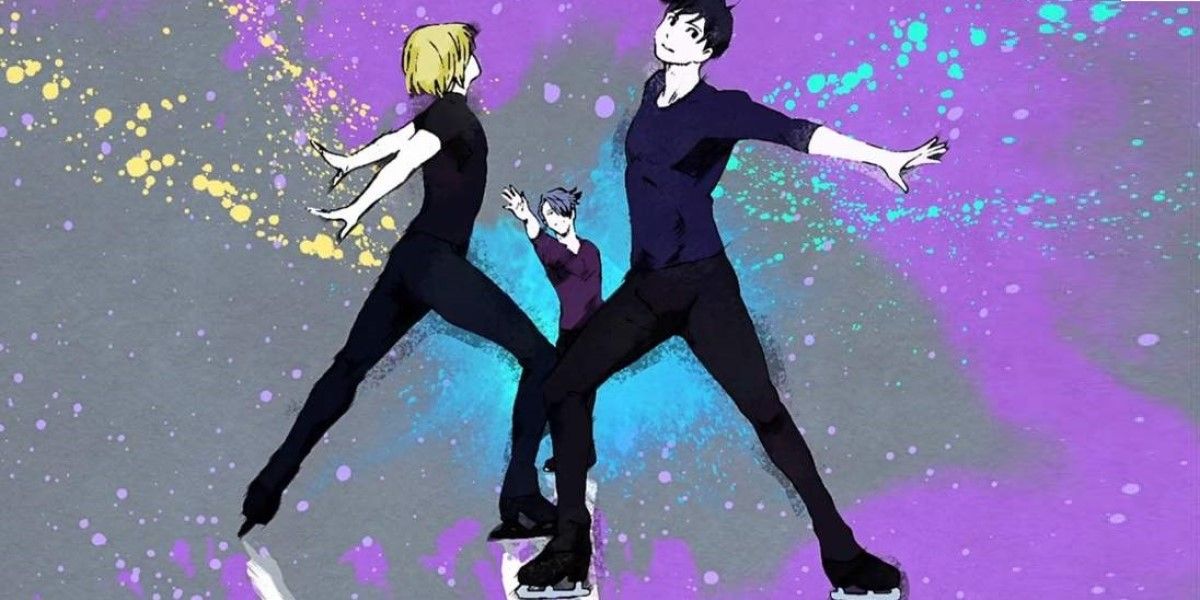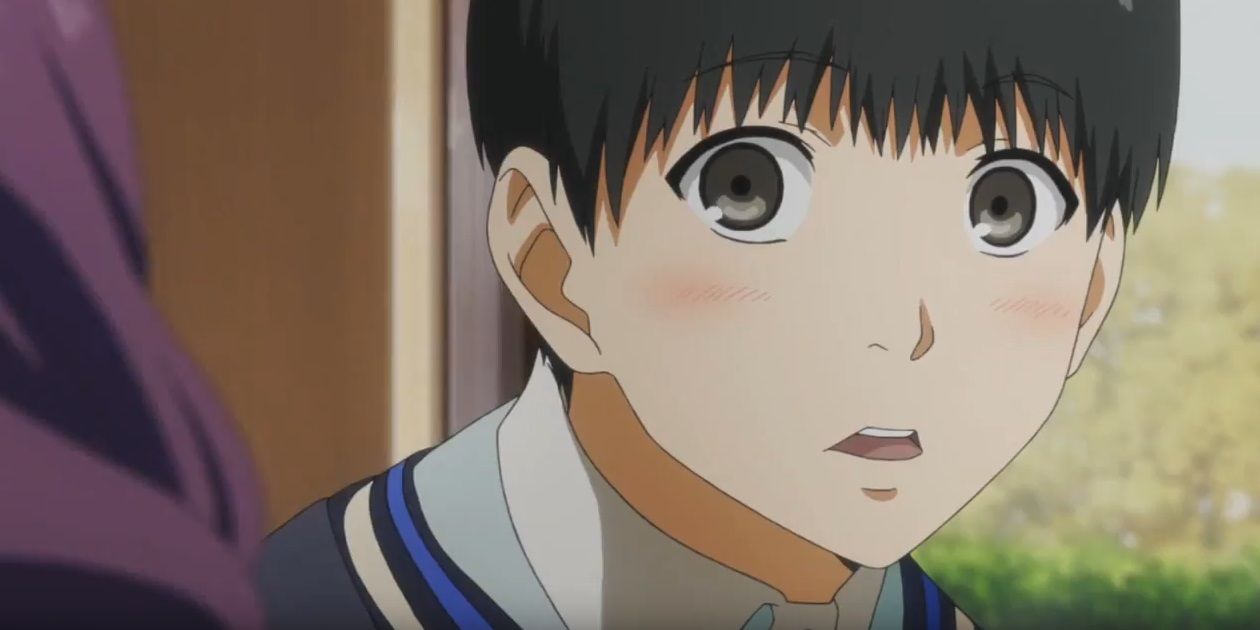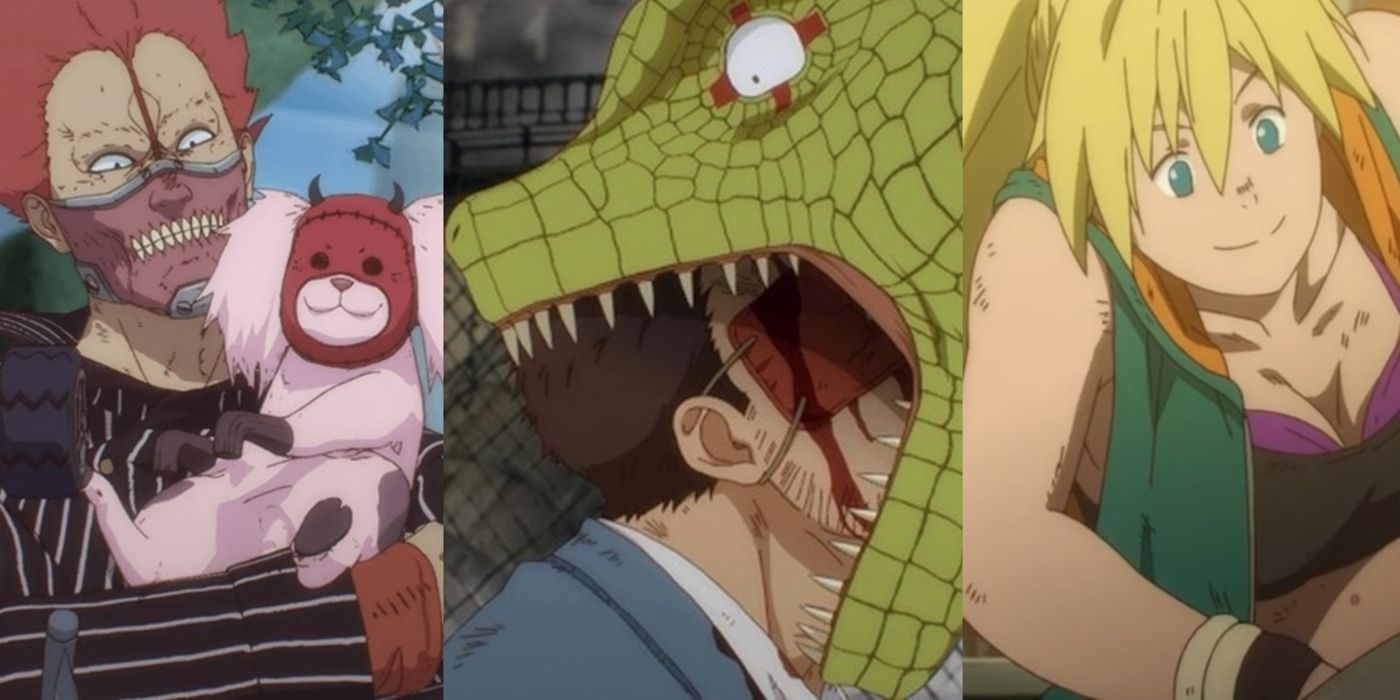First impressions matter a great deal. And while a fantastic first episode is by no means a guarantee that an anime will maintain that standard, it's often enough to compel audiences to keep watching. While plenty of anime take a few episodes or more to find their footing, sometimes the best episodes are the first episodes.
Last month, the first episode of To Your Eternity was fantastic enough to catapult the show to the top of every watchlist. And though the show remains excellent, it's going to be hard for the series to ever top that pilot. To Your Eternity is in small, but good company, as there have been other shows over the years that made the absolute most of their first minutes of screen time.
10 To Your Eternity's First Episode Is a Cinematic Masterpiece
Few episodes in recent memory have felt so profoundly cinematic as To Your Eternity's first episode, "The Last One." The episode is a self-contained masterpiece that celebrates and questions humanity in one go, a heartrending combination of science fiction and fantasy. For those who haven't watched it, do so, and avoid the following spoilers.
An entity is thrust into the world to study humanity and takes on the form of a wolf. Wandering across an arctic landscape, the entity has no sense of self, but is soon embraced by a boy who mistakes it for a pet. The boy is unfailingly cheerful but terribly alone, abandoned in a derelict village on the ice. Determined to find his family and see the world, he sets out with the wolf across the tundra, but his trek is doomed. By the end of the episode, the show has accomplished the sort of storytelling few anime achieve even after an entire season.
9 Attack on Titan Made Its Presence Known Immediately
While Attack on Titan has certainly had its share of controversies over the course of its reign, there's no debating that when its first episode aired, it shook the foundations of what shonen could be. For context, it helps to remember that the most popular shonen entries at the time were mostly isekai series.
And then suddenly, giant naked humans were tearing down walls and eating people. The world was introduced to Wit Studio and aerial action set pieces, a faded color pallette, a nihilistic outlook on humanity, and a world in endless war. Way to make an entrance.
8 Kill La Kill Felt Like An Animators' Playground
Gurren Lagann could have just as easily been on this list, but there's something about Kill La Kill that places it just above the GAINAX production that came before it. Studio Trigger is always ambitious but rarely has the studio seemed so confident as when it thrust Kill La Kill into the world.
Oddly compelling and over-animated, the first episode feels like a worthy successor to FLCL and then some. Scissor blades, talking uniforms, the weirdest school ever, characters frenetic and cartoonish, and somehow it all comes together. Somehow, even the blatant fanservice feels like it has a purpose... and by the end, it really does. Right when otaku thought they knew what anime was, Kill La Kill arrived.
7 The Promised Neverland Made Ambitious Promises
While The Promised Neverland has certainly been on a rough journey, especially in its hugely disappointing second season, the anime's first episode is truly one from the books. The setting is immediately suspect: inside Grace Field House, children care for one another in a bucolic, closed landscape. But all of them have peculiar tattoos, and it's openly acknowledged that children are regularly sent away.
Within the first episode, a huge and horrific reveal confirms the audience's fears: science fiction doesn't get much scarier than monsters who dine on human orphans, with the willing cooperation of human adults.
6 Zombieland Saga Throws Genre Out The Window
Most idol shows, with the possible exception of Love Live, have failed to captivate a broader than niche international otaku community. In part because idol stories seem twee, or because the CGI is often jarring, or because the music fails to impress, many fans never give idol shows a chance.
But then came Zombie Land Saga, which caught the attention of the entire otaku community when it aired. What begins as a girl running late to school suddenly becomes a girl getting hit by a truck, flying through the air in slow-mo while metal music blares in the background. The comedic timing is truly something else, and when fans meet the other zombified characters and their zany manager, it doesn't seem to matter what genre the show is. It's just amazing entertainment.
5 Fullmetal Alchemist (2003) Helped Shonen Manga Mature
Most fans will agree that Brotherhood is the superior FMA adaptation. And yet, the first episode of Brotherhood is mostly a misstep. In an attempt to avoid retreading old ground, Brotherhood opens with a filler episode that assumes its audience already knows these characters and then botches their dramatic intro.
In the original adaptation, the series opens on a thunderstruck sky and the sounds of children screaming in the dark. The audience knows immediately that something profoundly terrifying is happening, and by the time the episode reveals precisely what, there's nary a viewer who would not be hooked. By starting with a flashback, the original immediately captured the audience's attention and empathy.
4 Osomatsu-San's First Outing Resulted In Both Instant Popularity and Censorship
The first episode of Osamatsu-San really got itself in trouble. Like, a lot of trouble, to the extent that it was pulled from the air and future releases due to claims of copyright infringement. And yet this willingness to risk censorship was a real stroke of genius that immediately established this gag-comedy as the reboot fans didn't know they needed.
In this meta-cognitive outing, the Osamatsu sextuplets realize that as Showa-era characters, they don't fit in among modern, "cooler" anime. In a bid to feel relevant, the Matsus do their best throughout Episode 1 to embody every kind of modern anime trope. They fight titans, they wear basketball jerseys, there take part in kabedons and don idol outfits. As parodies go this episode is unmatched, and effectively imbues the series with an ineffable coolness.
3 Yuri!!! on Ice Became The World's Most Popular Show Overnight
It seemed as though the rabid Yuri!!! on Ice fandom appeared overnight, and that's because it more or less did. One episode was enough to cause significant buzz that carried through and escalated as the series progressed. In part because of its progressive LGBTQ themes and unabashed sense of identity, and in part due to airing during an election year that was deeply fraught, the series was born a cult classic.
It helps that the characters feel genuine and are all too relatable. From the moment fans watch Yuri cry alone in a bathroom stall after blowing a big competition, he becomes a deeply sympathetic lead. And when the episode sets up a possible heteronormative ship with Yuri's childhood best friend, only to reveal that she's already married, and that Yuri isn't necessarily straight, queer fans were filled with hope that's hard to express. Luckily, the show lived up to most expectations thereafter, and broke barriers few anime ever have.
2 Tokyo Ghoul's First Episode Is Better Than Anything That Came After It
Tokyo Ghoul's trajectory was definitely a downward one, but fans who loved the manga had reason to celebrate when the first episode aired. Beautifully directed and deeply unsettling, the show's pilot chronicles protagonist Kaneki's sudden loss of humanity.
Upon being attacked by a ghoul, Kaneki finds himself unable to eat anything but raw meat. The episode is suspenseful and riveting and seems to promise a fantastic examination of humanity in future episodes. Unfortunately, hampered by poor pacing, uneven writing, and even censorship, Tokyo Ghoul quickly devolves into basic shonen fare.
1 Dorohedoro Is One Of a Kind and It Knows It
Dorohedoro knows better than anyone that it's not a show for everyone, and it embraces its weirdness from the word go. In a sense, Episode 1 is a litmus test. There are few series that throw an audience so violently into an ugly world.
The protagonist is a lizard-headed monster who has a human head inside his throat. Hole is about as hideous a dystopia as any sci-fi has ever depicted. There's gore and wanton violence, and the main characters are frankly terrible people. And yet, watching Dorohedoro, it's clear that it's one of kind, uniquely human despite its many monsters, and so bizarrely endearing. Dorohedoro promises to be memorable. On that front it certainly delivers.

